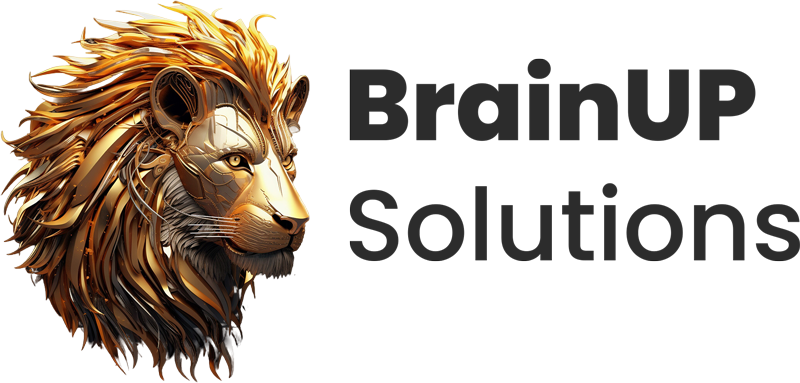Cloud Application Development

Cloud Application Development is the process of creating and deploying software applications that run on cloud infrastructure, such as public or private cloud servers. It involves designing, developing, testing, and deploying applications that can be accessed over the internet using a web browser or a mobile device.
There are several benefits to cloud application development. For example, cloud computing provides a flexible and scalable platform for running applications. Developers can use cloud services to easily build, deploy, and manage their applications without having to worry about the underlying infrastructure.
The process of cloud application development typically involves several key steps:
Design: Developers start by designing the architecture of the application, including the user interface, data storage, and back-end services. This may involve using various design tools, such as wireframes or mockups.
Development: Developers then write the code for the application, using programming languages and frameworks that are well-suited to the cloud environment. This may involve using cloud-specific services, such as serverless computing or containerization.
Testing: Developers test the application to ensure it meets performance, security, and usability requirements. This may involve using automated testing tools or manual testing methods.
Deployment: Once the application has been tested and validated, it can be deployed to the cloud infrastructure. This typically involves configuring the application for the cloud environment, such as setting up databases and networking.
Maintenance: After deployment, the application requires ongoing maintenance and updates to ensure it remains secure and performs well. This may involve using cloud-based monitoring and logging tools to track the application's performance and identify issues.
Overall, cloud application development is an important area of software development that allows developers to create flexible, scalable, and reliable applications that can be accessed from anywhere in the world.


